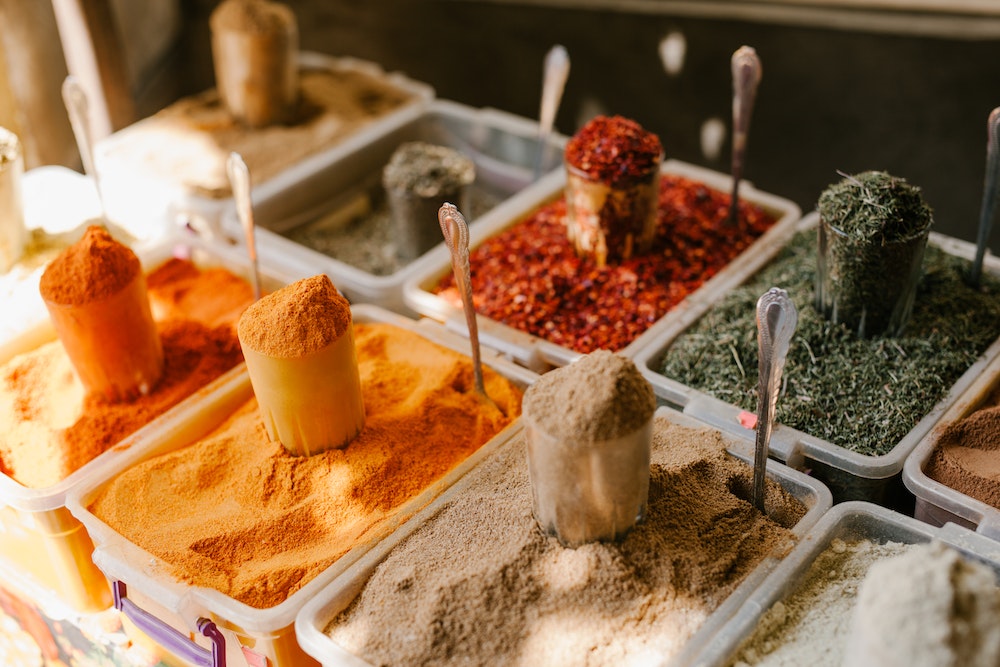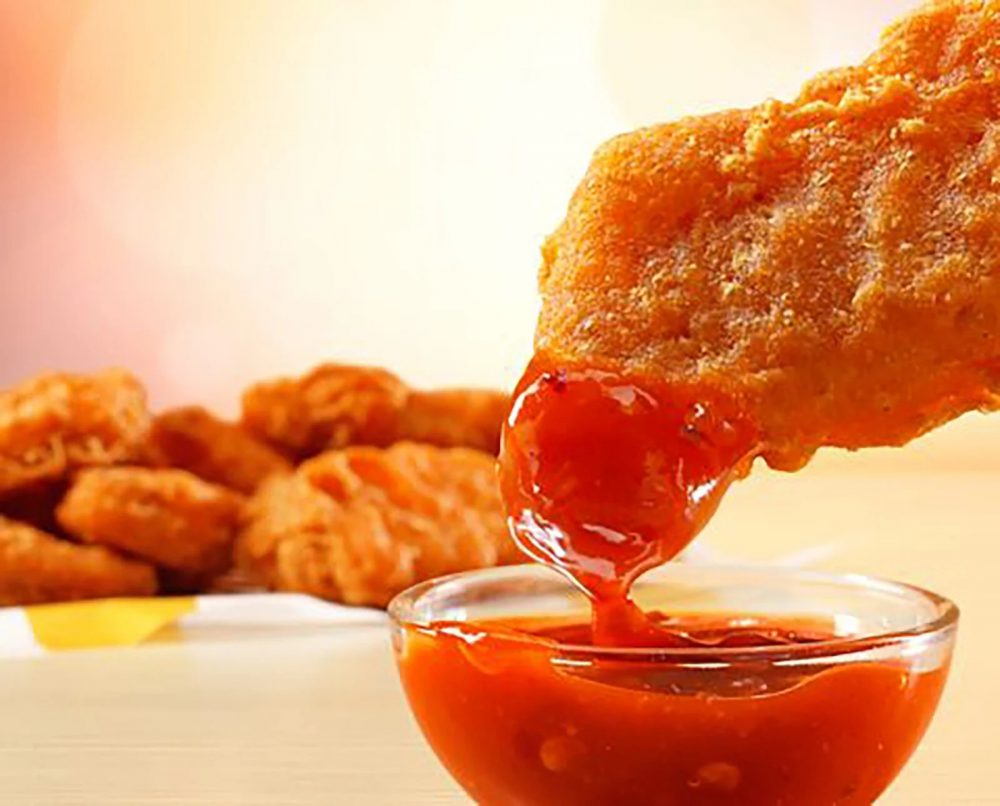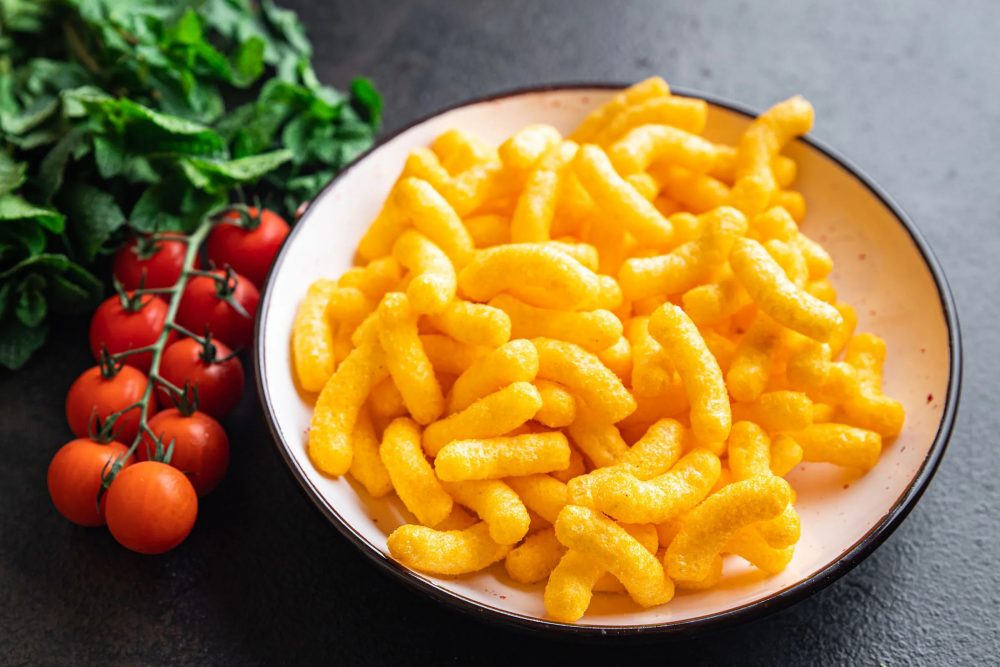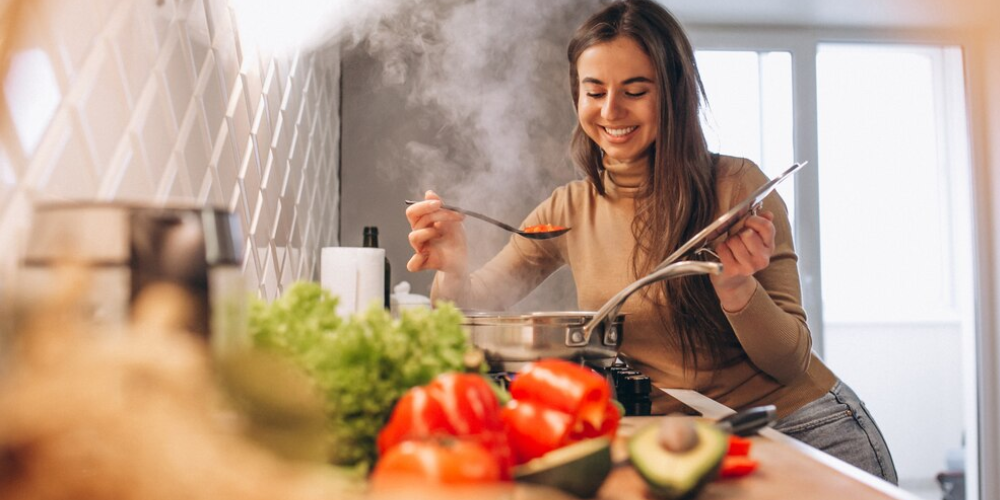Without spices, what would food be? And happily, South Asia has a lot of them. The intense use of spices is what distinguishes Pakistani & Indian food from other cuisines throughout the world. There should be enough popular spices in your cupboard that are used often in cuisines around the globe. But you may have observed how a certain dish’s flavors vary as it travels across internal borders of the nation. Food takes on a whole new dimension when indigenous spices are used.
South Asia is a spice-filled Pandora’s Box; in addition to the common spices, each area uses a unique variety of spices. Let’s look at a few of these lesser-known spices that might enhance your food.

Gagan/Pexels | To generate extra spice in your kitchen, draw on the variety of South Asian spice products
Margu Maratti
You must be aware of this spice if you have ever tasted the Karnataka-specific meal ‘Bisi Bele Baath’ and like it. Maratti Moggu is a dried Kakop blossoms bulb of the Red Silk Cotton tree that is brown in color and tastes strongly of clove flavor.
Anardana
Dried pomegranate seeds, or anardana, contain a medley of sweet, fruity, and acidic tones that give meals rich flavors. In addition to being used as a sweet spice in north India, anardana is also utilized as a natural preservative to prepare chutneys and pickles in lieu of other natural antioxidants like lemon juice.
Kodampuli
This Malabar tamarind is excellent for enhancing the smokiness, tanginess, and sourness of meals. Rasam, stews, and curries all benefit from the tamarind’s hint of sweetness to balance their flavors. In some places, the fruit is dehydrated in the sun until it becomes crisp and the skins are imbued with smoke.
Jakhiya
The Himalayan plant seed known as jakhiya is often utilized in Uttarakhand’s Garhwali cuisine. Before being tempered in oil and poured over curries and gravies, the seeds are sun-dried. Jakhiya gives dishes a delicious crunch and pungency.

Monicore/Pexels | Make room in your spice rack for these spices so you can add a flavorful punch to your cuisine
Turmeric
One of South Asia’s most valuable commodities, turmeric has attracted enormous attention from throughout the world. A good kind of turmeric with a strong curcumin content is called Lakadon turmeric (around 7 percent). Lakadong turmeric, which is mostly used and found in Meghalaya, is made from the stems that grow underground from the Curcuma lomba root and rhizome.
Bhut Jolokia
Let us present the king of all spices: bhut jolokia. Bhut jolokia is as spicy as it gets, having been named the “hottest chili pepper in the world” by Guinness World Records in 2007. The pepper, which is cultivated in Assam, is used to make dishes very hot across northern India. We’ve heard that even a little bit of this spice may make you cry.

Mohan/Pexels | Calls for a challenge, don’t you think?
Ratanjot
Most often, this dried plant is used to give meals a natural color. As you ascend the nation towards the mountainous districts of Himachal Pradesh and Jammu and Kashmir, Ratanjot becomes more well-known. It is ratanjot, with its distinctive red color and moderate spice, that enlivens the well-known Kashmiri cuisine rogan josh.




